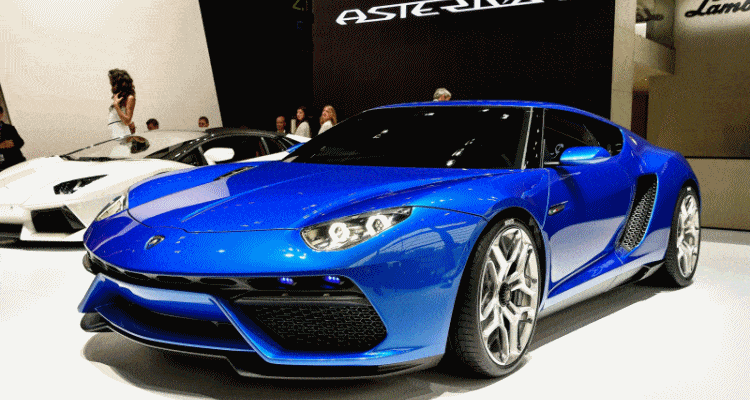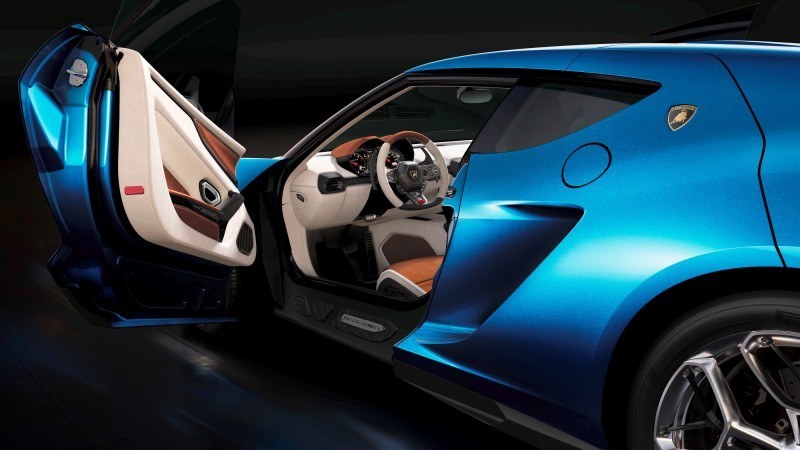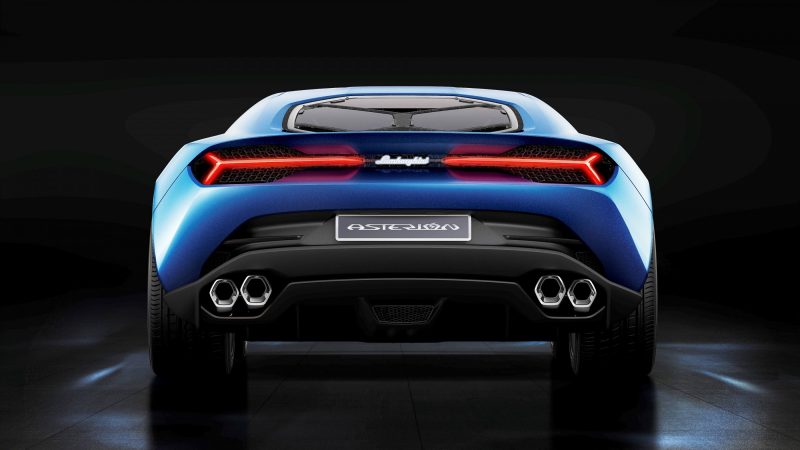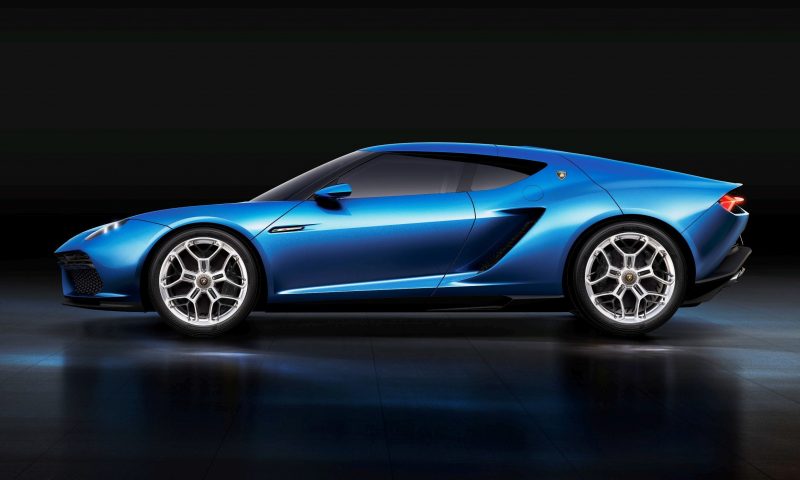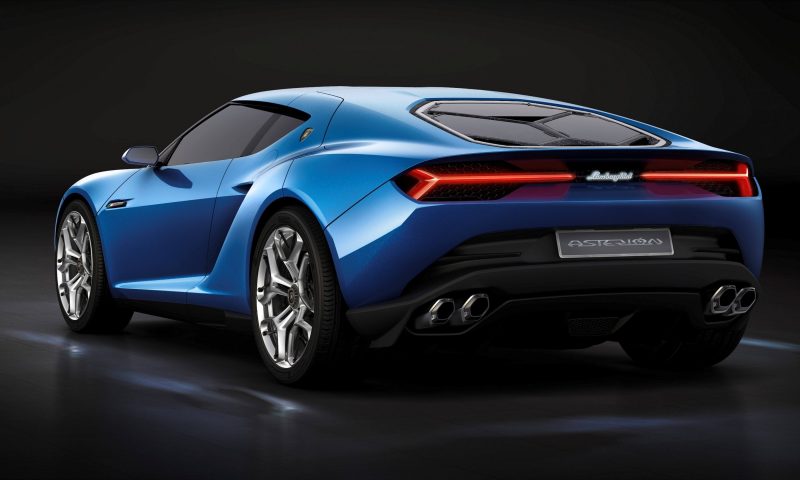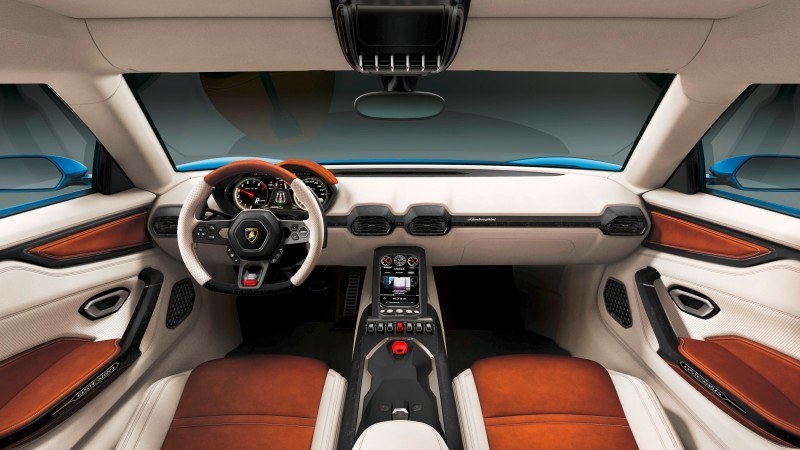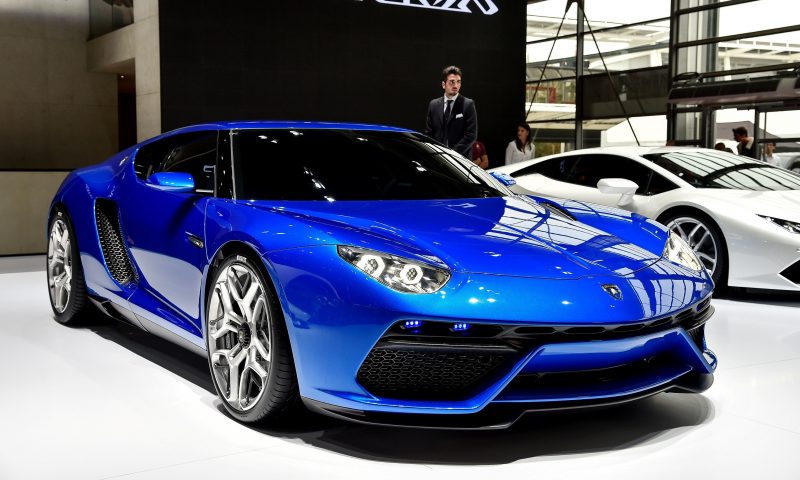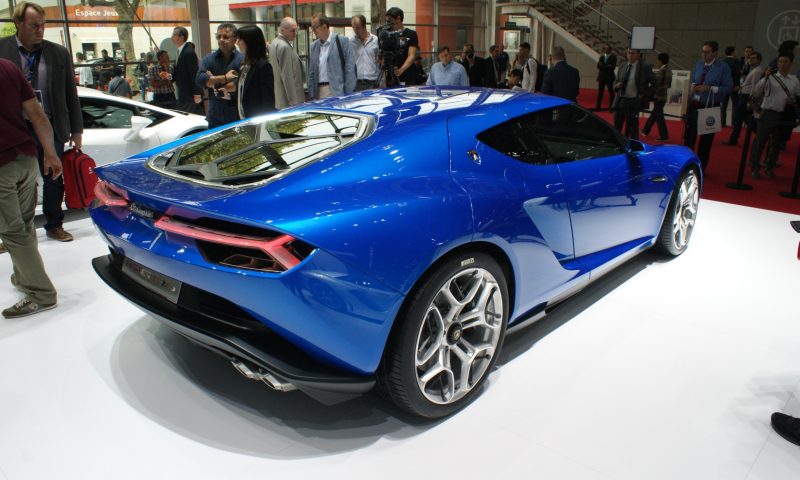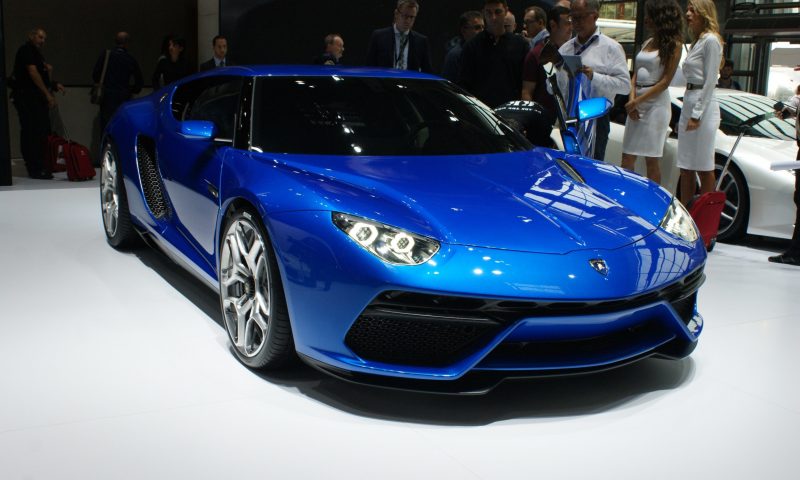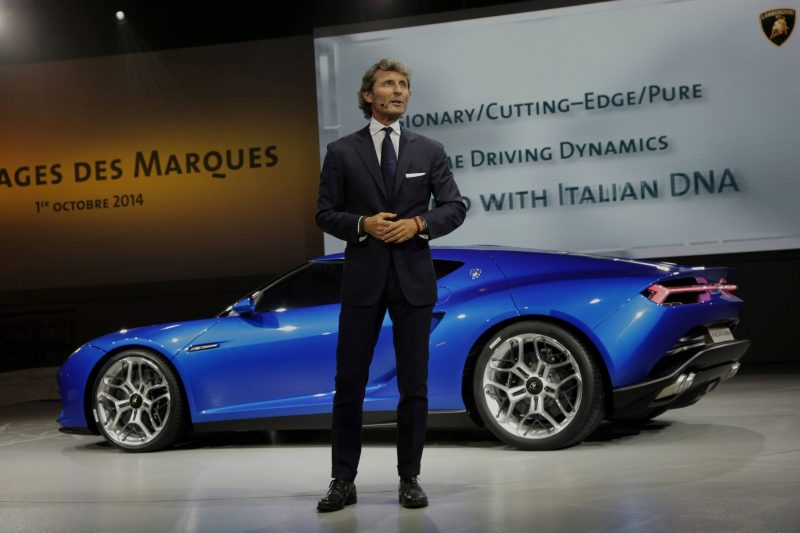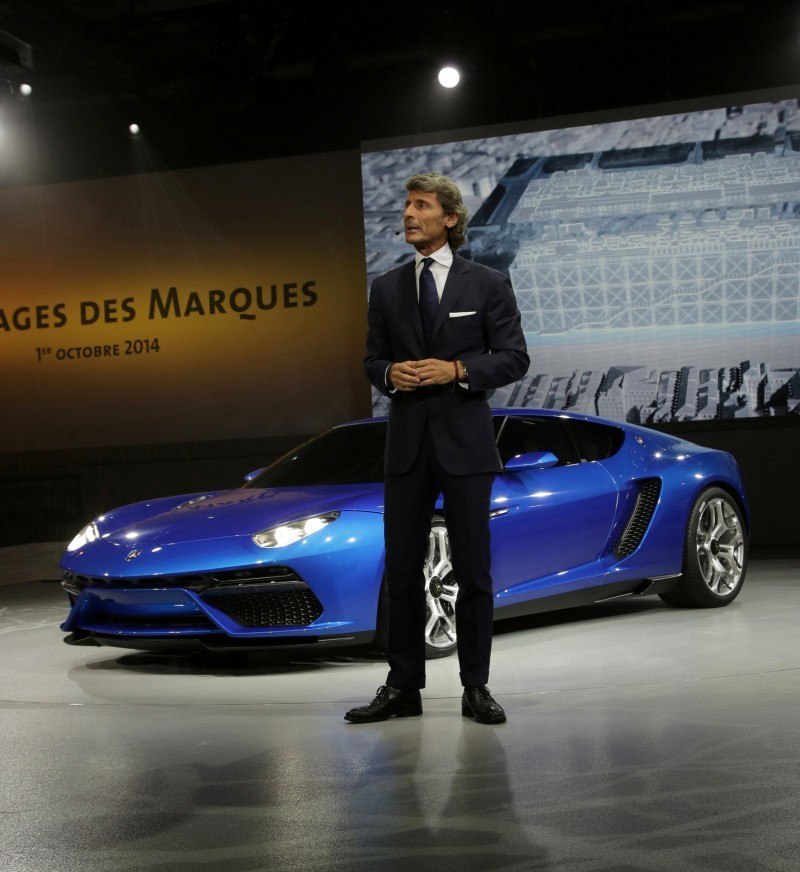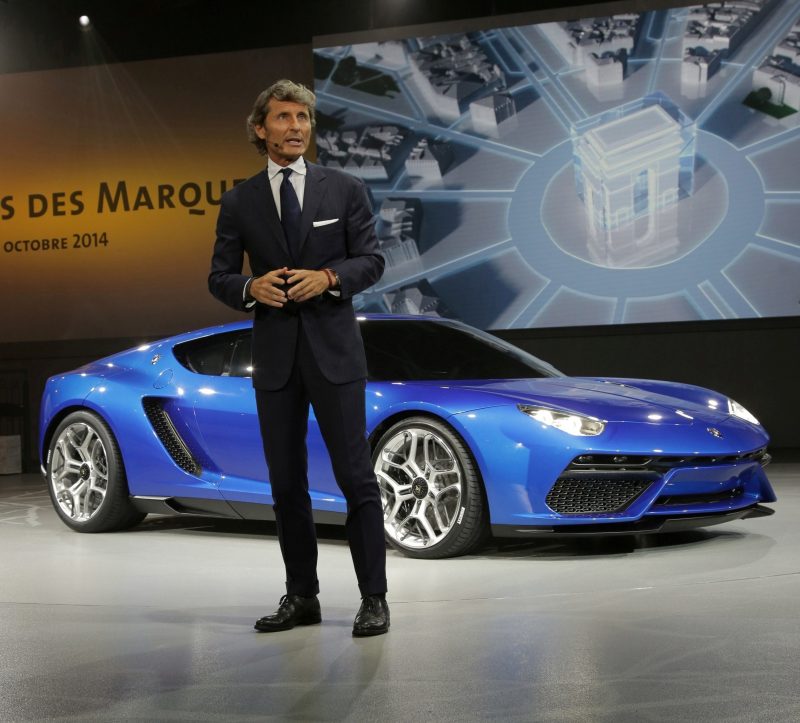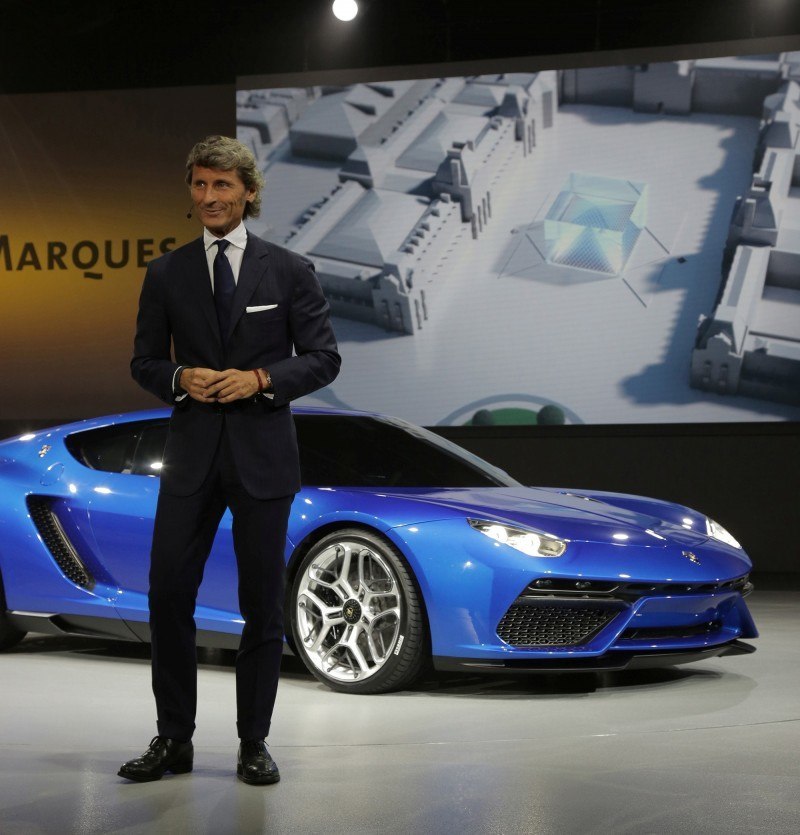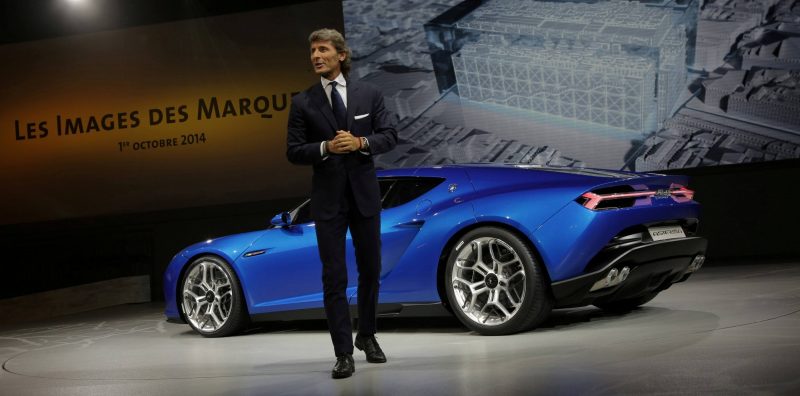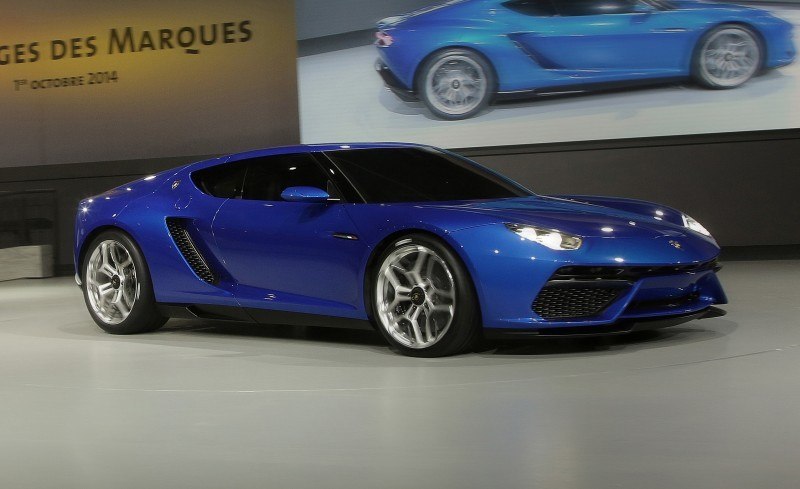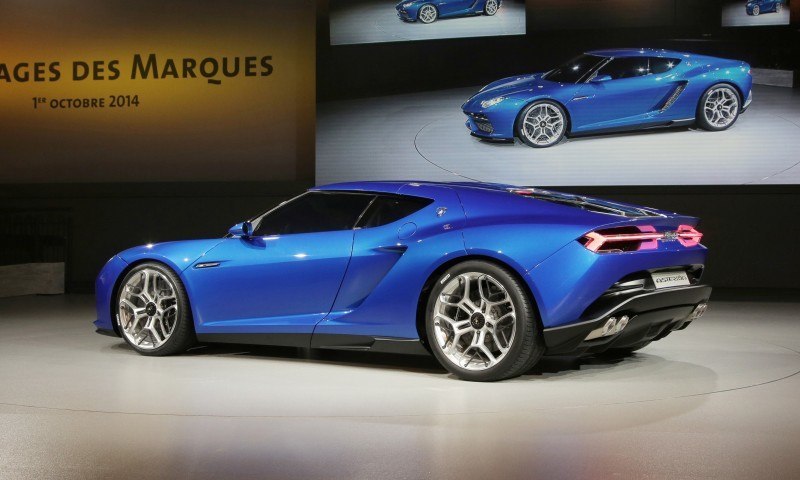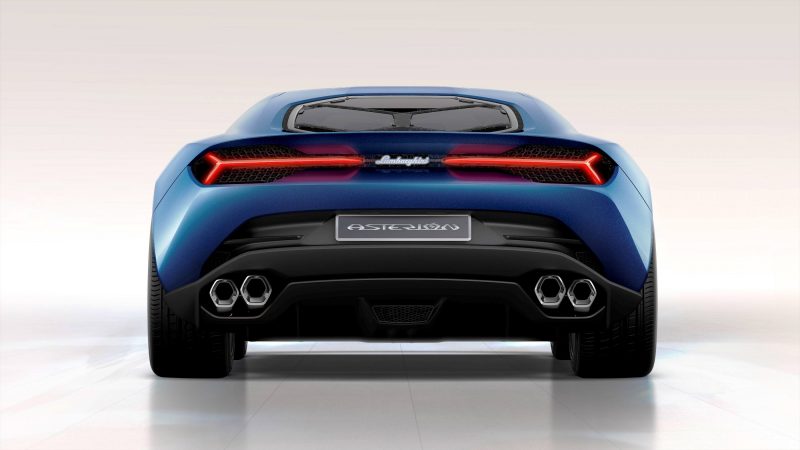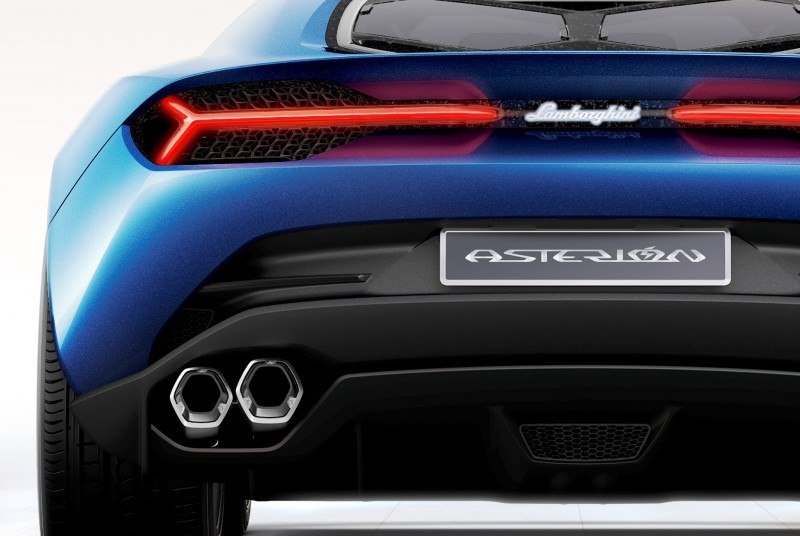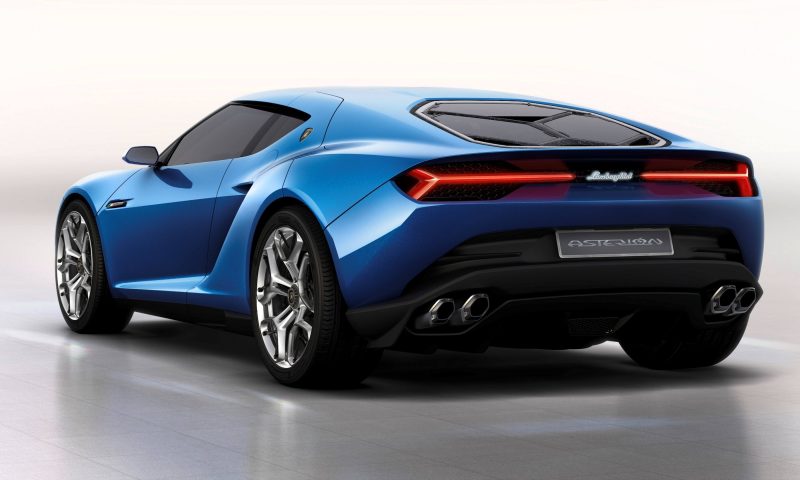 My my! Dozens of exciting launches in Paris today, but few as surprising as this one so far!
My my! Dozens of exciting launches in Paris today, but few as surprising as this one so far!
A PHEV Lamborghini concept called the Asterion is an all-new segment for Lamborghini in the 21st century.We initially thought the car was a front-engine 2+2, but it is actually a mid-engine V10.
Since the Estoque in 2008 did not reach production approval, the Lamborghini team has been going wild with one-off models like the Eqoista and Reventon or Sesto Elemento, refining its new Huracan production car, and even exploring a small SUV in the URUS concept.
But in many ways, a front-engine mid-engine GT car is Lamborghini’s true roots as a company. Their first model was a front-engine V12 coupe to compete with the Ferrari 250 and 275 of the early 1960s, and the company continued to release numerous front-engine cars throughout the 1960s to the late 1970s.
For anyone born in a 1980-or-sooner year, though, a relaxed or less hardcore Lambo might be hard to take.
Not in the LPI 910-4’s case.
The style is convincingly Lambo and its 910-4 badge shows there is big power to be had. Its PHEV hybrid drivetrain is actually the most surprising thing.
The car is hard to love up front and very awkward from some rear angles, as though it is actually a crossover versus a low-slung GT car. The headlights are hideous.
The other big change versus the Huracan is that the chassis is now based on a carbon-fiber tub, widely thought to be Lambo’s preference in the future versus alloy as the current car.
The battery pack is likely to be a flat Tesla-style element inside the rub itself, as the seating of the Asterion is said to be higher than the Gallardo. While rear doors appear present via shutlines, it is not immediately clear if there are extra seats back there or just room for luggage. Such luggage space would make sense in what Lambo calls a “hyper cruiser.”
The name LP adds I for Ibrido, Italian for Hybrid we presume.
Stay tuned for more details on this model’s reception and production prospects in the coming months.
Lamborghini LPI 910-4 Asterion
Press Release
Lamborghini Asterion LPI 910-4
unveiled at the 2014 Paris Mondial de l’Automobile
Pioneering a new vision of mobility:
First Lamborghini Plug-in Hybrid technology demonstrator
· First plug-in hybrid (PHEV) technology demonstrator providing a new
Lamborghini cruising experience with superior power, daily drivability
and comfort
· Hybrid system power: V10 5,2 l naturally aspirated engine combined
with three electric motors delivers a total power of 669 kW/910 hp,
enough for acceleration of 0-100 km/h in 3.0 s and a top speed of 320
km/h
· CO2 emissions of 98 g/km and 50 km pure electric range
· Breakthrough technological architecture in an innovative carbon fiber
monocoque with a body designed in a new, unexpected and sensual
way, respecting Lamborghini heritage
Paris, 1 October 2014 – Automobili Lamborghini unveils its first plug-in hybrid
(PHEV) technology demonstrator, the Lamborghini Asterion LPI 910-4,
making its world debut at the 2014 Paris Mondial de l’Automobile. Clearly a
Lamborghini, Asterion is a conceptual car housing a plug-in hybrid
powertrain designed to Lamborghini objectives: The Asterion defines a
solution to significantly reducing CO2 emissions through technologies
available today, guaranteeing the unique Lamborghini driving feel with a
smooth and reactive driveability and with superior power, including an
exceptional pure electric range of 50 km.
Conceived and developed entirely in-house by Lamborghini, the Asterion LPI
910-4 takes the design and cutting-edge engineering expertise found in the
current Lamborghini product range, adding innovative hybrid technology,
creating thus a Lamborghini that is clearly different – with a new, unexpected
and sensual design, in line with the technical characteristics of the car – but
yet is still unmistakably a Lamborghini.






The Rationale
Asterion is a technology demonstrator representing a Lamborghini model that could
be realistically produced today, using technologies currently available and drawing
on Lamborghini’s own expertise.
“Lamborghini is always looking ahead, investing in new technologies and setting
new benchmarks, delivering the unexpected,” says Stephan Winkelmann, President
and CEO of Automobili Lamborghini.
“Lamborghini continues to focus on weight reduction as a means to reducing CO2,
for example through the investment in carbon fiber engineering, which also
contributes to our quest for the best super sports car handling and performance. To
significantly reduce emissions on a car in this moment however, plug-in
electrification is the best option for us, because for Lamborghini such a car must
still provide a truly emotional driving experience. In the Asterion this is guaranteed
through a naturally aspirated engine that is combined with PHEV technology, which
not only offers exceptionally low CO2 emissions of 98 g/km, but a practical pure
electric driving range of 50 km.
The Asterion LPI 910-4 is a true Lamborghini: emotional, with a stunning design,
powerful, yet conceived more for comfortable luxury daily cruising than for ultimate
track performance.”
The Plug-in Hybrid solution and Performance
For the Lamborghini Asterion LPI 910-4, a PHEV solution is the clear Lamborghini
choice. The Asterion provides all-important urban driving under purely electric
power, a significant range of 50 km for the car when powered only by battery
energy, and the emotion and power of a naturally aspirated Lamborghini engine for
a unique driving experience.
Fuel consumption is 4,12 l/100 km combined cycle (NEDC). The weight of the hybrid
technology is 250 kg. The Asterion’s objective of significantly reducing C02
emissions, while maintaining an engaging and emotional Lamborghini cruising
experience, is achieved with exceptional CO2 emissions of 98 g/km.
Based on a monocoque made entirely of carbon fibre, a V10 5.2 liter FSI engine is
located longitudinally as a mid-engine, as in Lamborghini super sports cars. The
extremely fast shifting 7-speed dual-clutch transmission is located behind the
engine at the rear transaxle. The housing of the powerful lithium battery is placed
longways in the central tunnel area, normally reserved for the transmission. This
allows for better balance of the car and also protects the battery area in case of
lateral crash impact.
The Asterion’s hybrid architecture is realized with an electric motor incorporating
an integrated starter motor and generator (ISG) which is placed between the V10
engine and the double clutch gearbox, and two electric motors at the front axle fed
by the ISG power with a torque vectoring function. This system allows the Asterion
two different driving modes: in hybrid mode it is combining the V10 engine with the
three electric motors guaranteeing a permanent four-wheel drive without being
dependent on the battery’s state of charge. In pure electric drive mode only the two
electric motors in the front are used.


The V10 5.2 l longitudinally-placed, naturally aspirated mid-engine provides a
maximum power output of 449 kW (610 hp) with 560 Nm of maximum torque
available. Combined with the three electric motors providing a further 220 kW (300
hp), total hybrid power is achievable to a maximum of 669 kW (910 hp). The
combined action of the two propulsion systems ensures an exceptional dynamic
impulse: acceleration of 0-100 km/h takes place in 3.0 seconds.
With a top hybrid/combined speed of 320 km/h the Asterion LPI 910-4 also reaches
up to 125 km/h under pure electric power. More importantly for city driving the
Asterion has a pure electric range of 50 km, putting it top of the class for hybrid
super sports cars.
The new Inspiration for Design
The Exterior Design
The Blue Elektra glittered colour of the Asterion as well as the new design language
reflect the technological concept behind the car.
Designed by Lamborghini Centro Stile, the Asterion contains the unmistakeable
Lamborghini DNA and heritage and yet is clearly different from the existing
Lamborghini super sports car models. The Asterion touches new boundaries, with
an innovative and unexpected design language which explores curves and
sensuality, smooth transitions from panel to panel, and few sharp edges. The result
is a pure, essential design.
The Asterion, like all Lamborghini cars, has clearly defined lines, separating flat
planes from the side of the car and distinguishing between panels. Light and shadow
accentuate the volumes of the car, highlighting the muscularity of Asterion yet
giving the car a more slender elegance.

The front end of the car is produced as a single component, giving the Asterion a
dynamic look, emphasised through the positioning of its four ‘eyes with eyebrows’:
headlights are realized in materials including forged carbon and titanium.
The front air intakes are characterized by an active air cooling system which uses a
double layered grid for the first time in a Lamborghini: one metal and one titanium
grid are embedded into each other, one containing the Y leitmotiv and the other the
hexagon theme, creating a tri dimensional effect and standing out against the body
colour.
The powerful rear end stands out for its shape and remarkable rear lights, including
a grid covering two radiators, and a clear separation between body colour and black
parts.
A transparent engine cover in the rear is an aesthetic detail linking to the hybrid
technology beneath, comprised of three hexagonal glasses that turn according to
the engine driving mode: pure electric, hybrid power or pure thermal engine power.
The Pirelli tyres are fitted to 20” and 21” rims in carbon components, and
surrounded by well-defined mudguards embedded within the body of the car that
contribute to the muscular road presence of the Asterion.
The Asterion’s doors are large, opening outwards and permit easy access to the
car’s interior. Creating an ergonomically spacious cabin for the car’s occupants with
a comfortable seating position, the angle of the black A Pillars gives a more vertical
windshield and a higher head clearance, while visually extending the front of the
car, which includes a luggage compartment. Thus the interior of the Asterion
guarantees an appropriate roominess for the passengers.
A lit tricolore flag on the door reminds of Asterion’s Italian heritage and a discreet
Raging Bull shield is embedded in the side of the car.
The Interior Design
The clear, minimal and modern interior of the Asterion reflects the exterior design
yet with a classic look and feel. Internally, the two seats are positioned higher than
those in Lamborghini super sports cars, ensuring a car for comfortable every day
cruising rather than extreme performance and handling.
Extensive Bianco Celaeno (ivory) and Marrone Attis (brown) leather immediately
confirm the luxurious drive experience of the Asterion with an elegance from
combining materials including aluminium and forged carbon fibre, as well as
titanium that is also visible in the iconic three spoke steering wheel design drawn
from the Miura.
However, the Asterion’s steering wheel also includes three buttons
from which the driver selects his engine driving mode: Zero – for zero emissions/full
electric; I for ‘Ibrido’ (hybrid); and T for ‘Termico (thermal) power. Finally, a portable
tablet allows the car’s occupants to manage climate control and other functions
including GPS and in-car infotainment.
The Name
Asterion LPI 910-4 – LP stands for ‘longitudinale posteriore’, the position of the
conventional engine, I stands for ‘ibrido’, 910 for the system power and 4 for the
permanent 4WD system – is the new concept of a new kind of dream car designed
by Lamborghini starting from an intuition: the key for anticipating the future lies in
a transformation and hybridisation of Lamborghini’s own DNA.
With the Asterion, a hyper cruiser is born: a mix of elegance with the pure seduction
offered by driving a Lamborghini, a car whose powerful engine meets the
sustainability of hybrid technology, thanks also to its lightweight chassis in carbon
fiber.
The Lamborghini Asterion is inspired by a legend: Asterion is the proper name of
the mythical Minotaur, a hybrid figure and symbolic crossbreed telling a story of the
powerful fusion between intellect and instinct, part man and part bull, creating an
ever powerful archetype. Thus, Lamborghini sticks to its tradition of giving its
models a name taken from the world of bulls, but at the same time adding an
innovative element, a hybrid DNA: the strength of a bull delivered by the naturally
aspirated engine is combined with the human rationale delivered by the hybrid
technology.
This is how Lamborghini prepares for the future with the Asterion, the first hyper
cruiser.
Automobili Lamborghini S.p.A.
Founded in 1963, Automobili Lamborghini is headquartered in Sant’Agata Bolognese, in
Northeastern Italy. The Lamborghini Huracán LP 610-4, which has made its world debut at
the 2014 Geneva Motor Show is the successor to the Gallardo and redefines the luxury super
sports car driving experience with its innovative technology and outstanding performance.
The Aventador LP 700-4, in Coupé and Roadster offerings, represents the reference point in
the world of V12-powered, luxury super sports cars. With 129 dealerships worldwide, in little
more than half a century Lamborghini has created an uninterrupted series of extraordinary,
exclusive cars that include the 350 GT, Miura, Espada, Countach, Diablo, Murciélago, and
several limited series like the Reventón, Sesto Elemento and Aventador J. The Veneno
Coupé, the Egoista and the Veneno Roadster, have been created to celebrate the brand’s
50th anniversary year in 2013.

Tom Burkart is the founder and managing editor of Car-Revs-Daily.com, an innovative and rapidly-expanding automotive news magazine.
He holds a Journalism JBA degree from the University of Wisconsin – Madison. Tom currently resides in Charleston, South Carolina with his two amazing dogs, Drake and Tank.
Mr. Burkart is available for all questions and concerns by email Tom(at)car-revs-daily.com.

